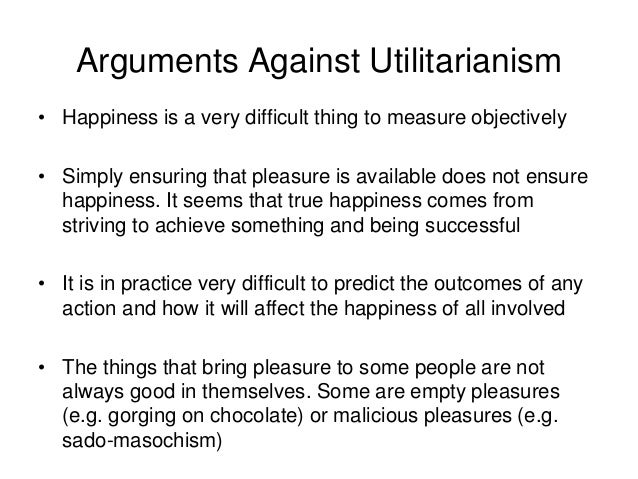

On the bivariate level, all variables except for follow-up post-incident associated with at least one organizational outcome. Organizational resilience is measured by post-incident outcomes, including employee performance, retention, attendance, service helpfulness and adequacy of organizational response. Employing the methodology of clinical data mining, this practice-based research examines whether critical incident variables (prior trauma, industry setting, incident type, method of service delivery, follow-up post-incident, incident severity level) predict for organizational resilience. Despite social workers representing the leading discipline delivering CISM service and units collecting massive amounts of practice data, there is little social work research on CISM. It contributes to less-prevalent studies that explore how incident characteristics influence organizational level outcomes. This research adapts the concept of individual resilience to the less studied concept of organizational resilience.

While the practice of critical incident stress management (CISM) provides support to both individuals and organizations, research oriented towards individual resilience dominates the literature. Traumatic workplace incidents (critical incidents) have significant repercussions for organizations. Employing the methodology of clinical data mining, this practice-based research generates evidence-informed practice recommendations in the areas of EAP-based CISM intake assessment, organizational consultation and incident response planning. By analyzing this unit’s extensive practice database, this exploratory study examines how critical incident severity level varies among various types of incidents.

To measure incident disruption, an EAP-based CISM unit developed a critical incident severity scale. This research contributes to less-prevalent studies exploring incident characteristics as disruptive to organizations, rather than clinical symptoms as disruptive to individuals. While EAP-based CISM units seeks to support both individuals and organizations, studies focused on individual stress dominate the literature, mirroring assessment scales that tend to emphasize clinical as opposed to organizational practice. Critical incident stress management (CISM) is the most prevalent multi-level incident response strategy utilized by organizations, often through specialized CISM units operating within their employee assistance programs (EAPs). Workplace incidents however, affect not only individual employees, but also work organizations, requiring a multi-level response. Accordingly, the trauma literature reflects a proliferation of clinical impact of event scales.

Rehabilitation programs and services are most effective when they are implemented and operated according to the Principles of Effective Intervention (PEI): risk, need, responsivity, and fidelity.Our PEI training is a pre-requisite to the majority of our other trainings, and is often delivered in combination with other individual trainings. Participants gain an understanding of the importance and relevance of the Principles of Effective Intervention (PEI) – risk, need, responsivity, and fidelity – to their work in criminal and juvenile justice.


 0 kommentar(er)
0 kommentar(er)
